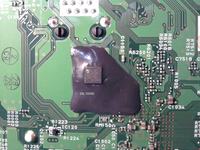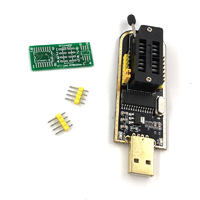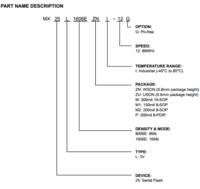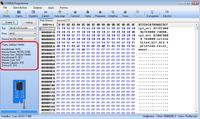Hello everyone, as I'm new to the forum.
As in the subject, whether the larger memory 25Q32BVBSIG (4MB) will go to the toshiba 32rl838 in place of the original 25L1606E (2MB). I am asking because memory is flooded with resin looks like this
Only mechanical removal is involved, and the bone will probably not survive getting into the pins.
I have a programmer and a batch (I hope that a good batch because it is difficult to access)
Anticipating the questions, the power supply is rather ok, the voltage appears after applying voltage to POWER-ON. And the TV is only stand-by, no reaction to buttons (no remote). I want to diagnose TV at a negligible cost.
Motherboard model: Toshiba V28A001328A1 (PE1014)
Thank you in advance
As in the subject, whether the larger memory 25Q32BVBSIG (4MB) will go to the toshiba 32rl838 in place of the original 25L1606E (2MB). I am asking because memory is flooded with resin looks like this

Only mechanical removal is involved, and the bone will probably not survive getting into the pins.
I have a programmer and a batch (I hope that a good batch because it is difficult to access)
Anticipating the questions, the power supply is rather ok, the voltage appears after applying voltage to POWER-ON. And the TV is only stand-by, no reaction to buttons (no remote). I want to diagnose TV at a negligible cost.
Motherboard model: Toshiba V28A001328A1 (PE1014)
Thank you in advance







